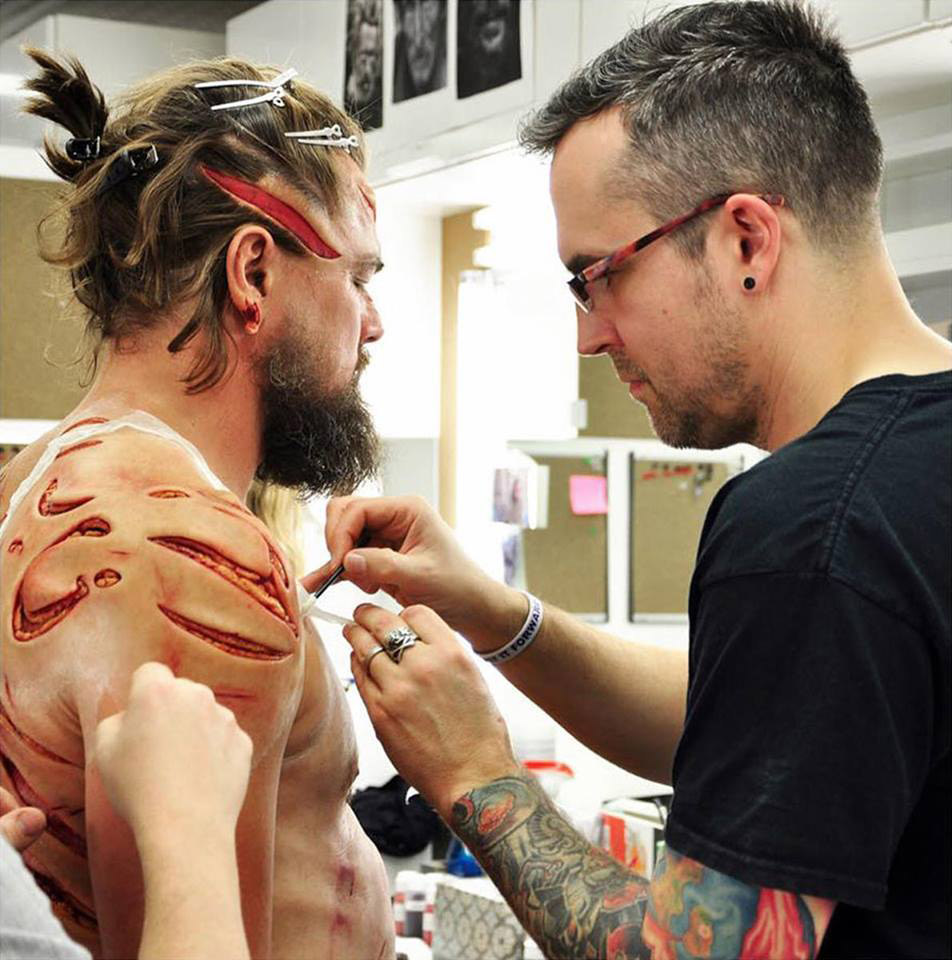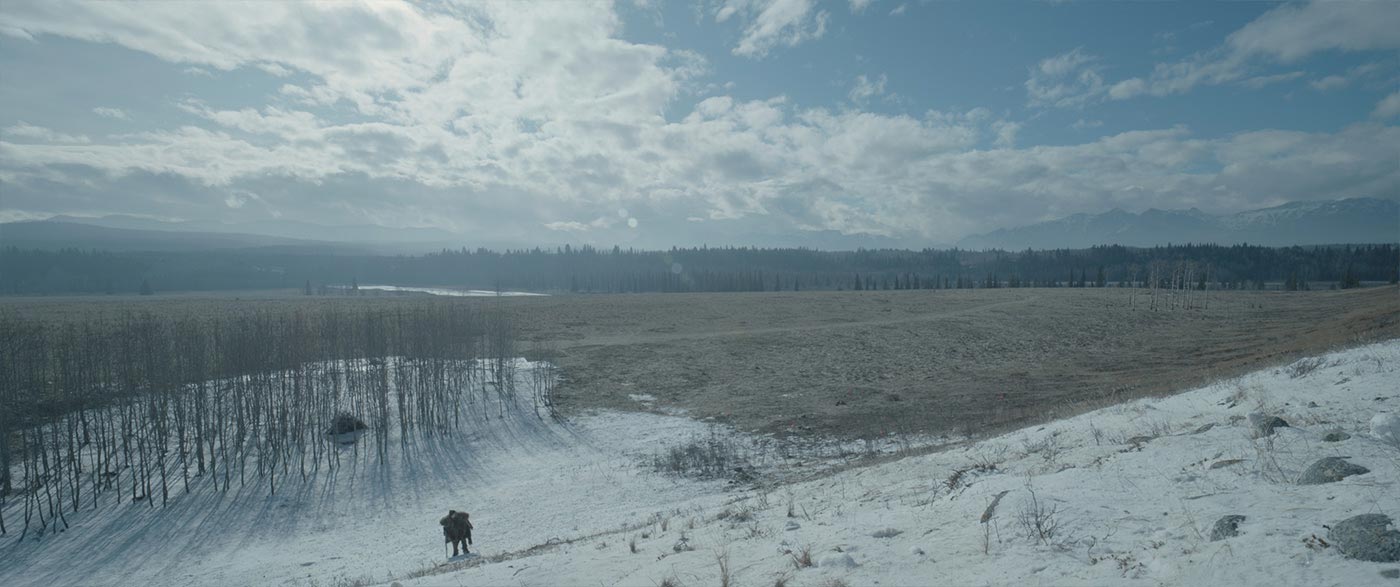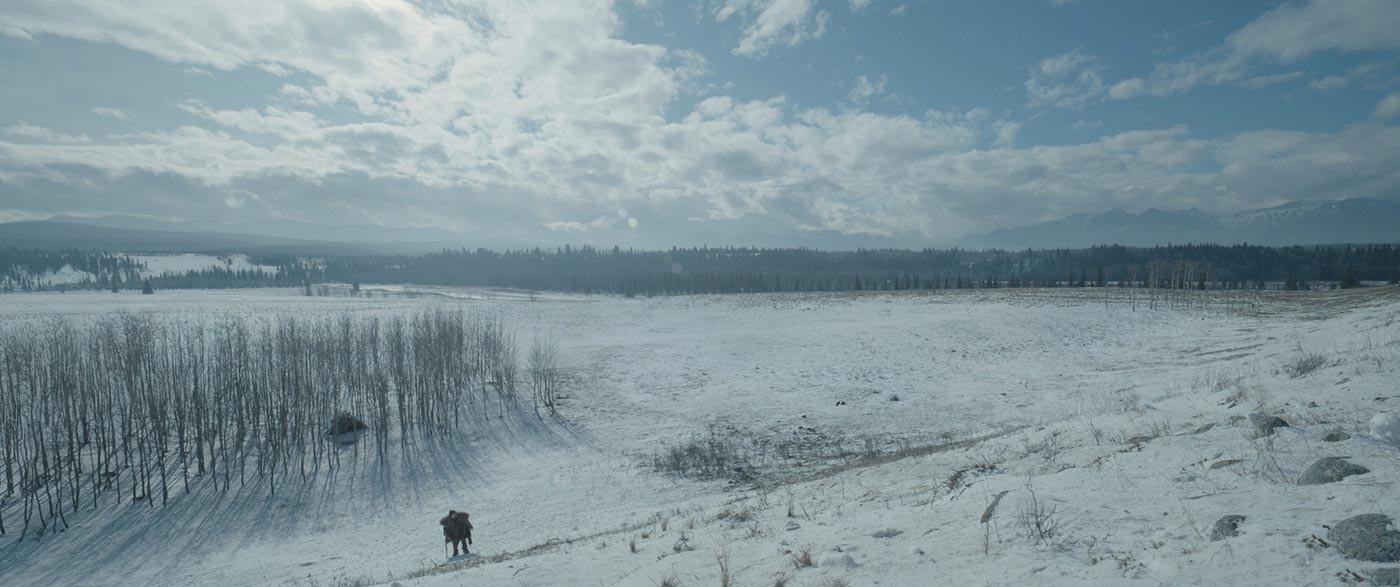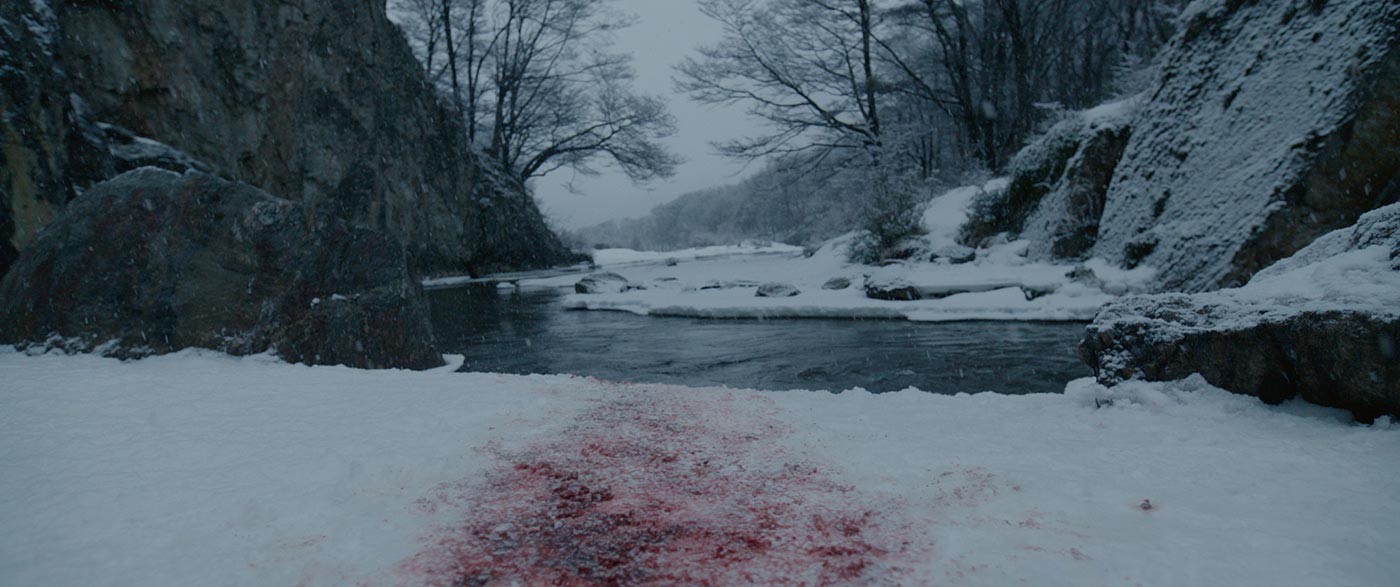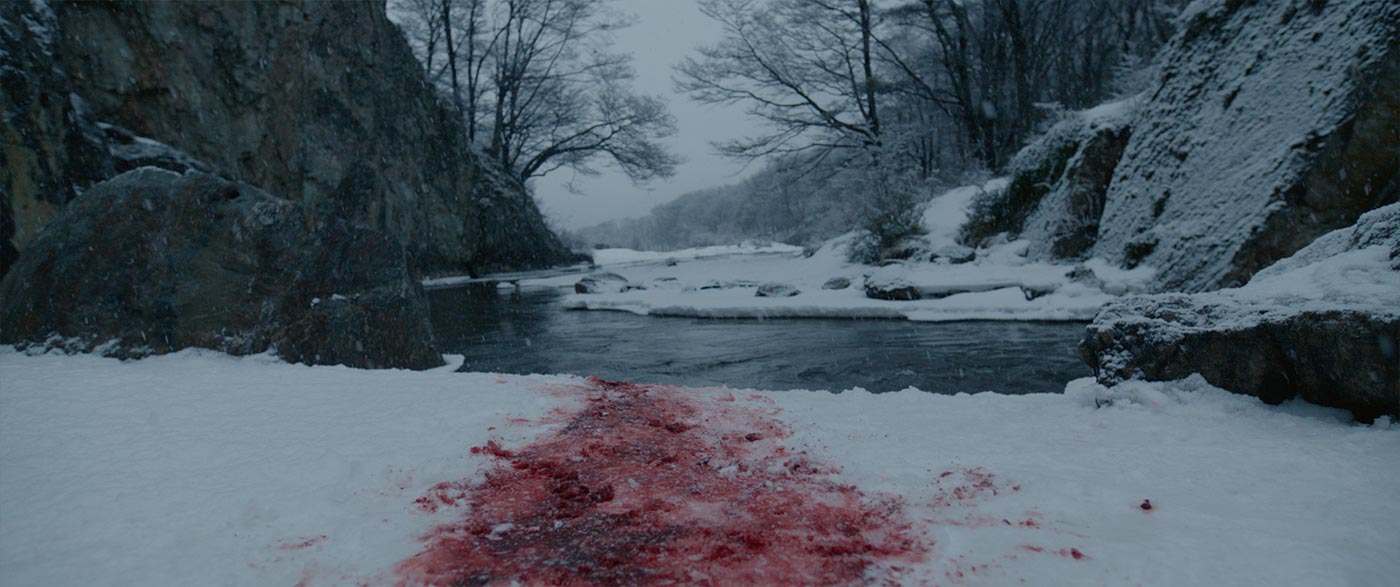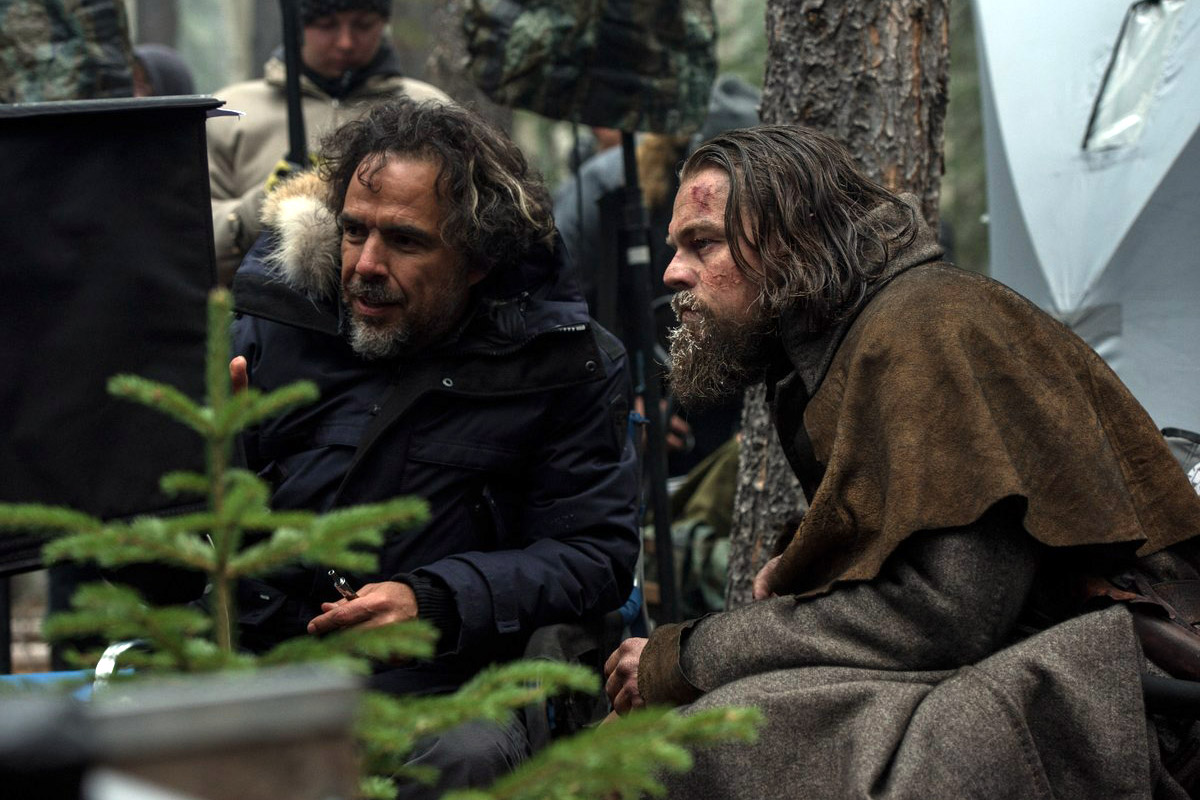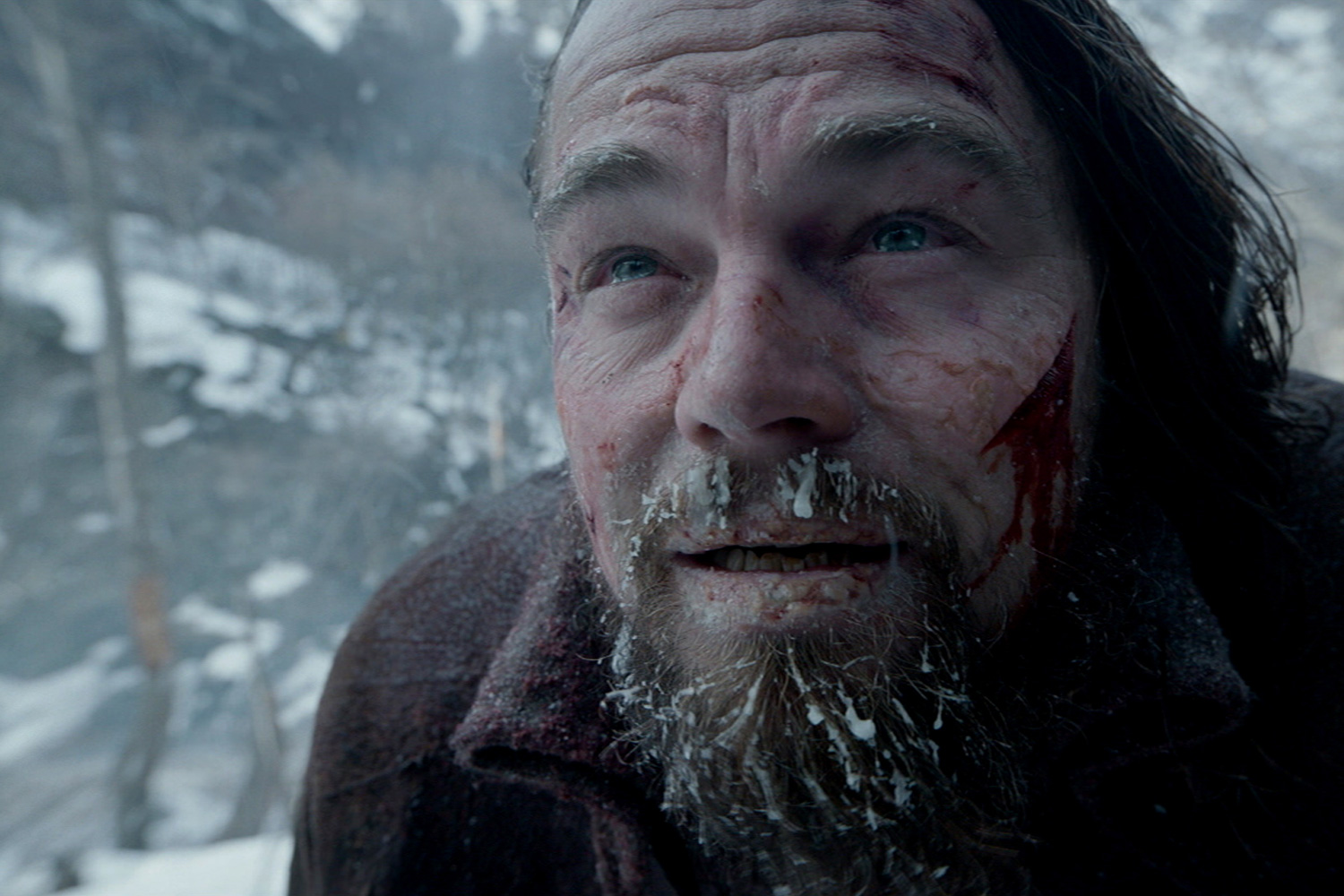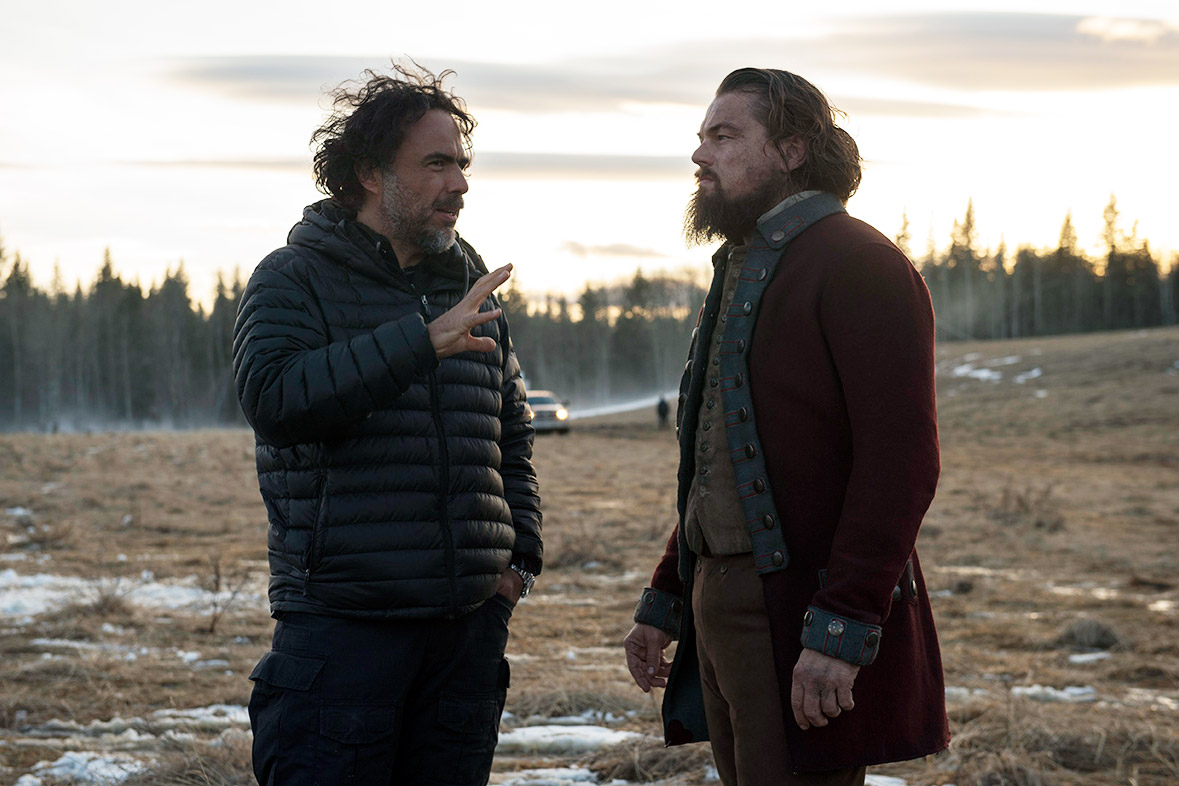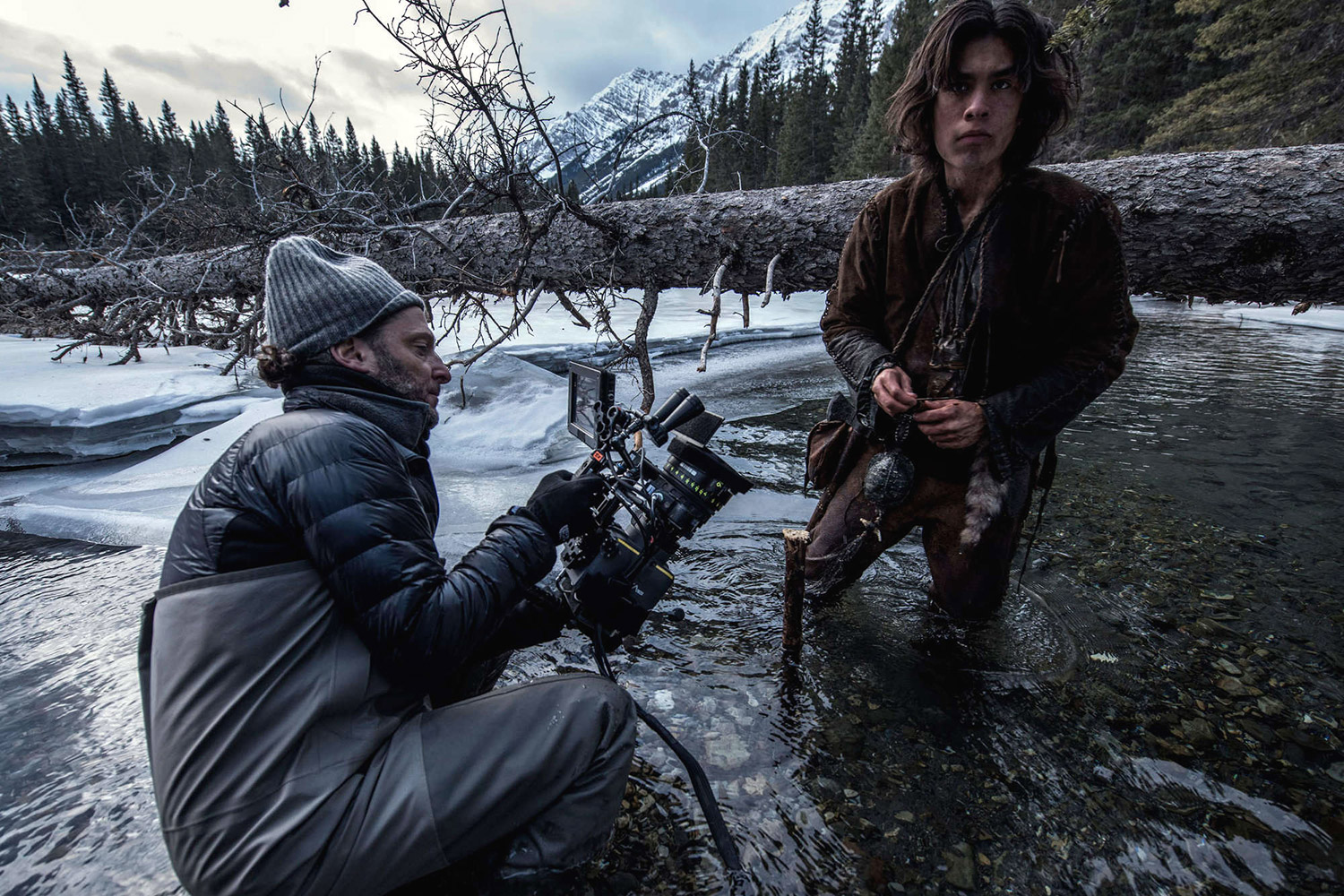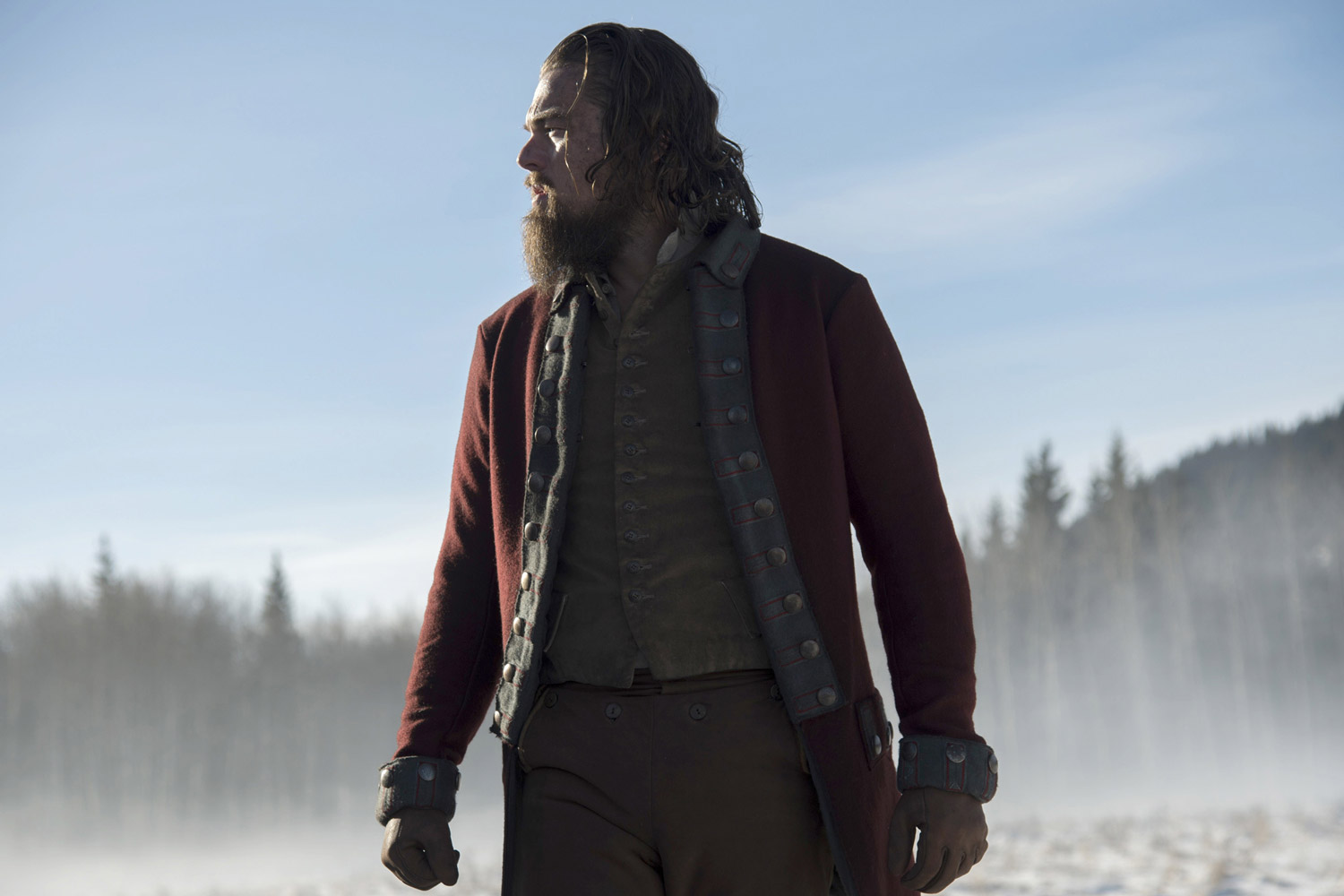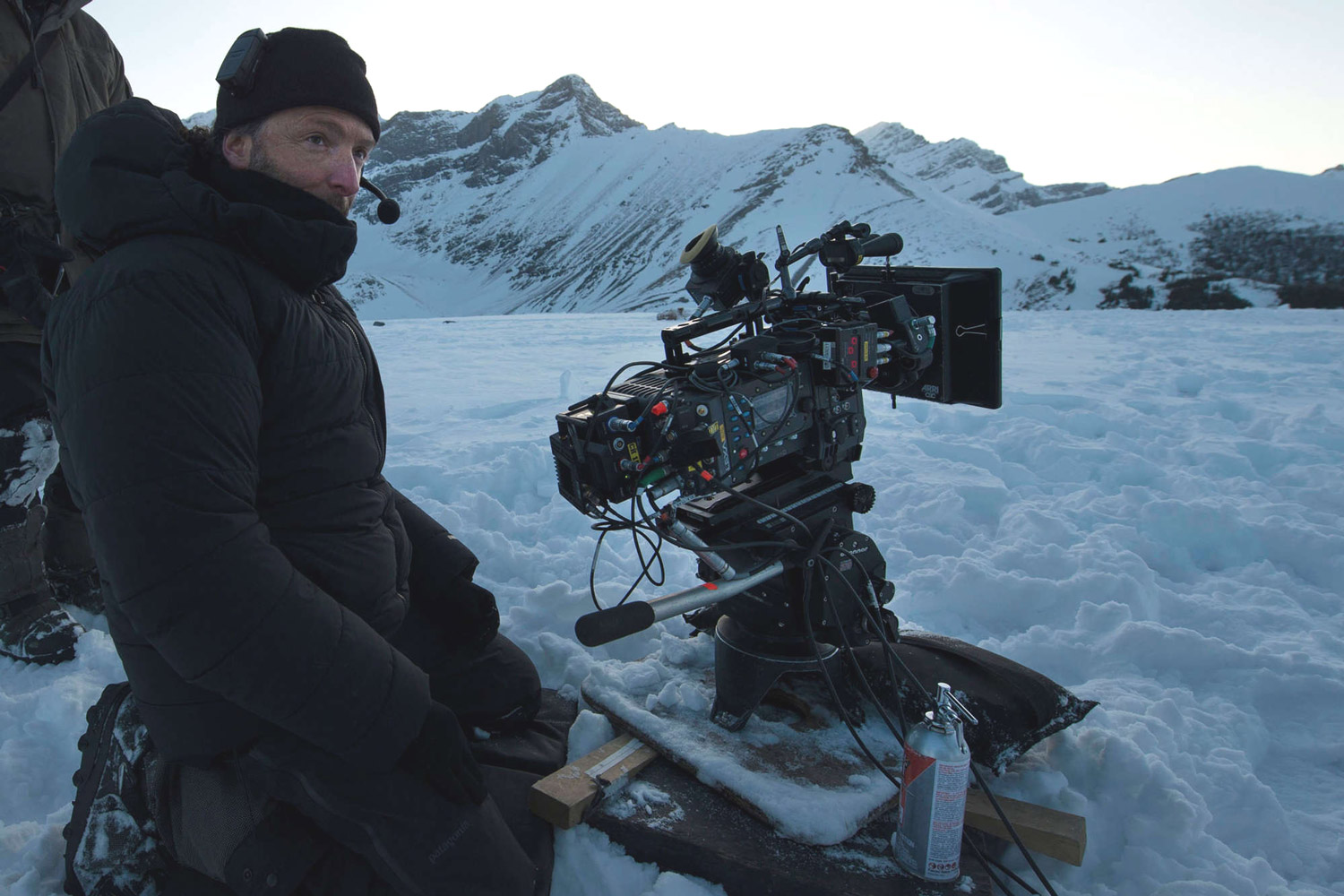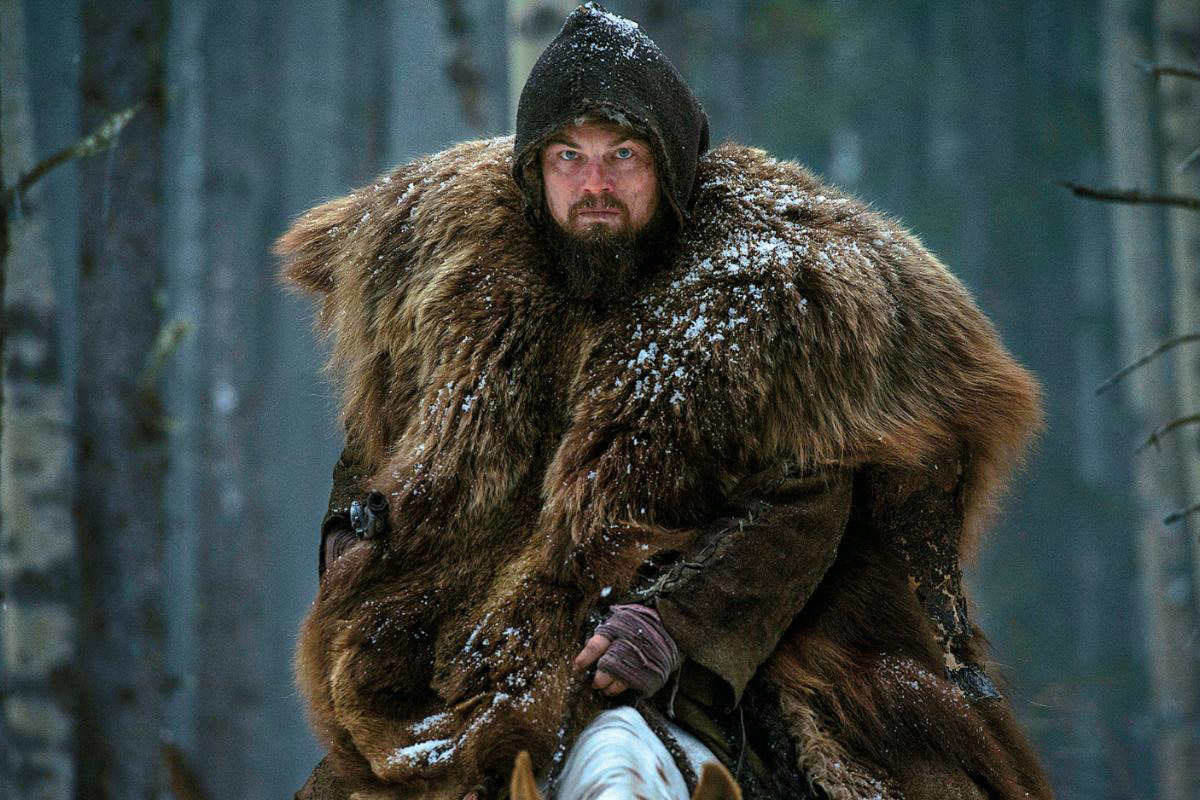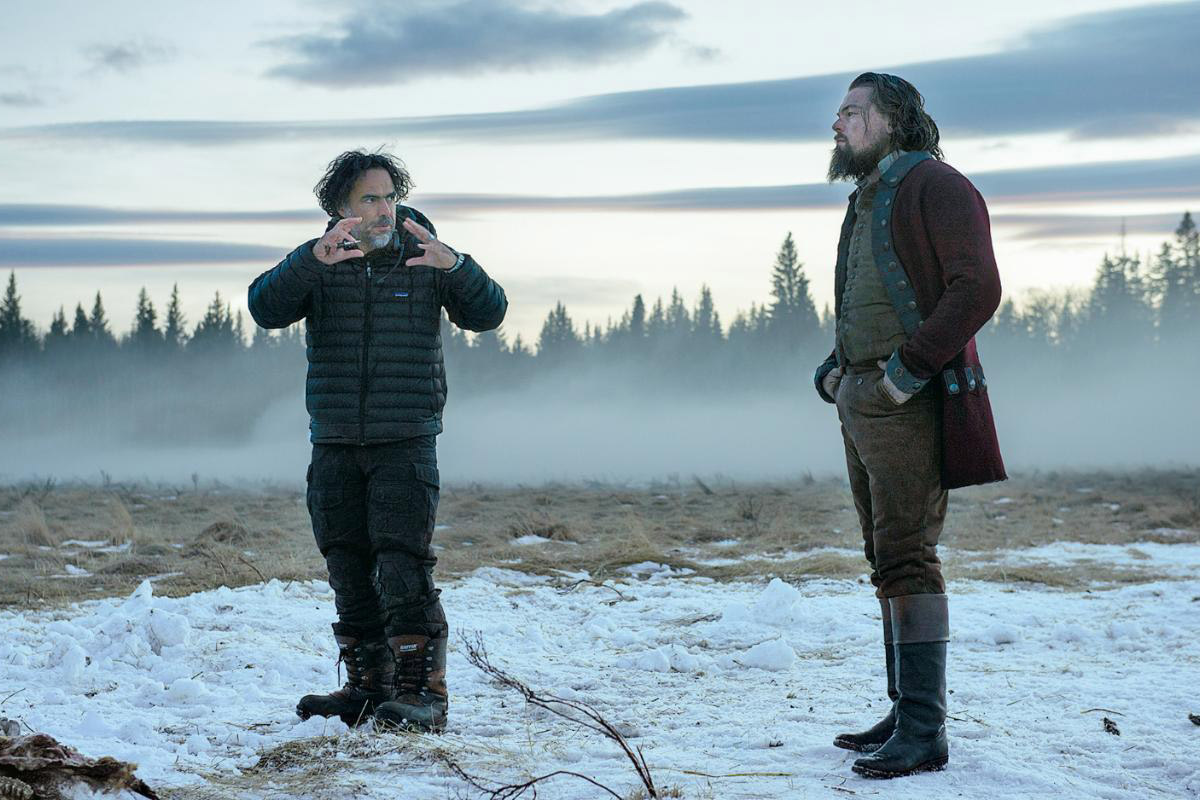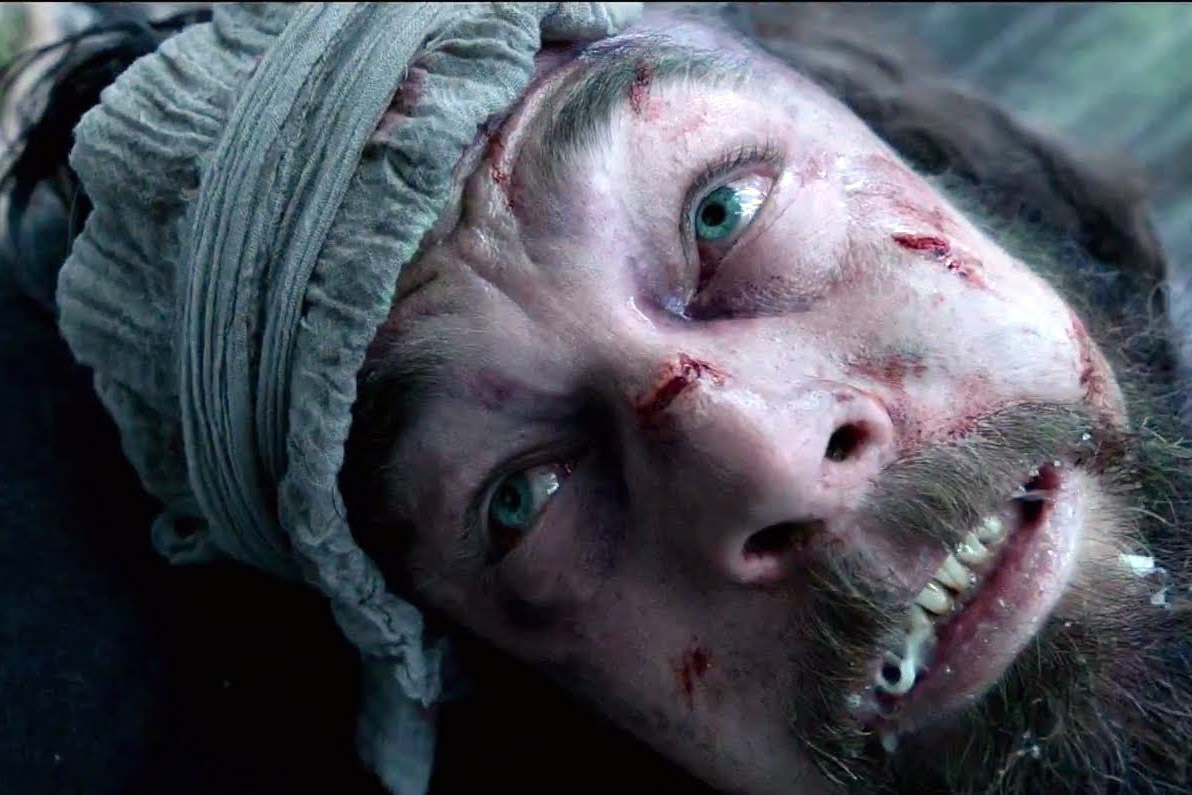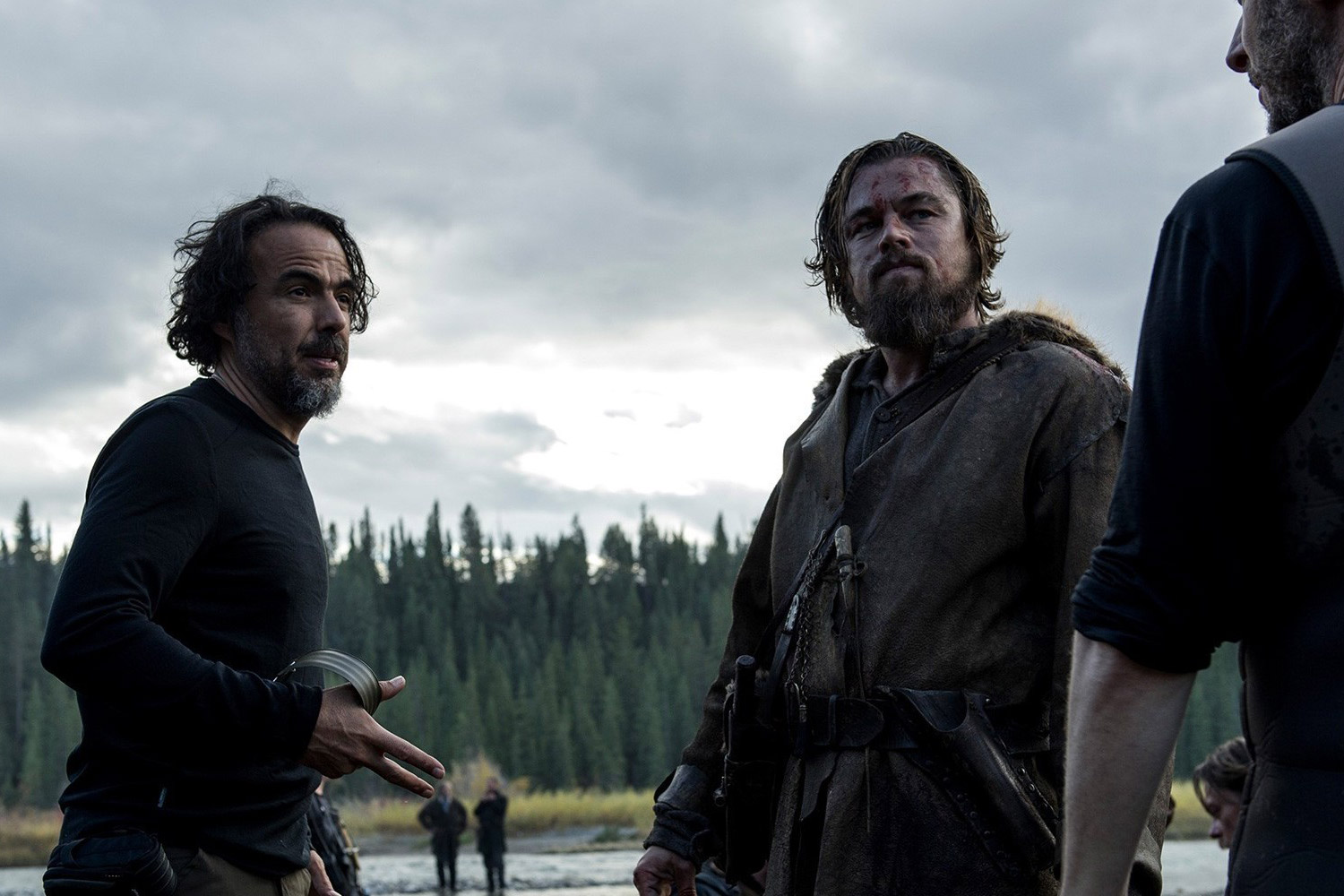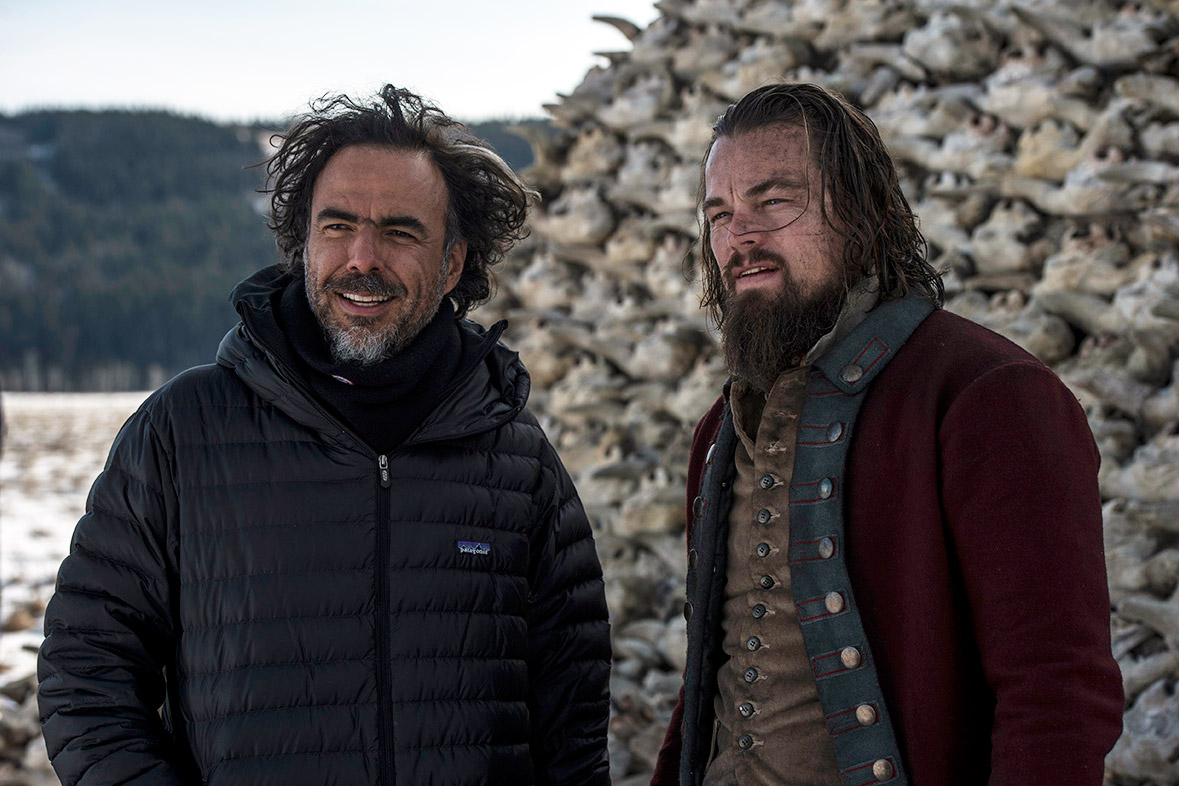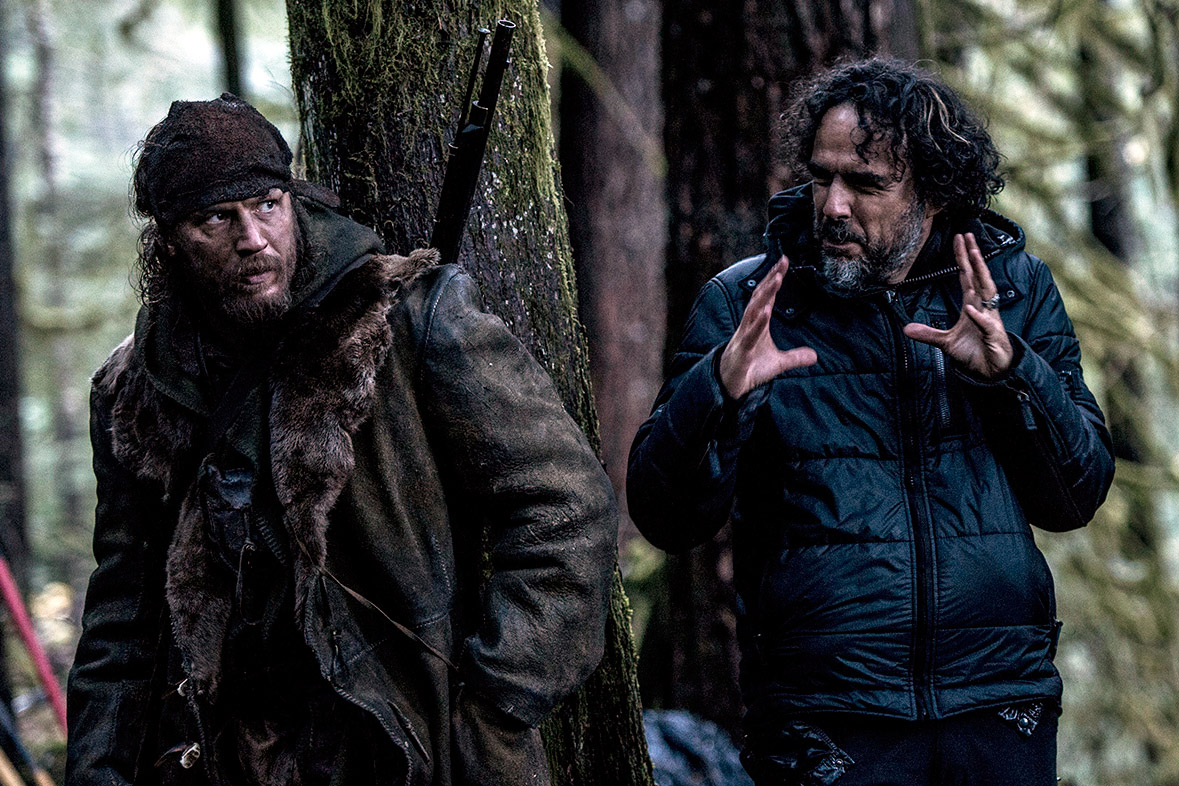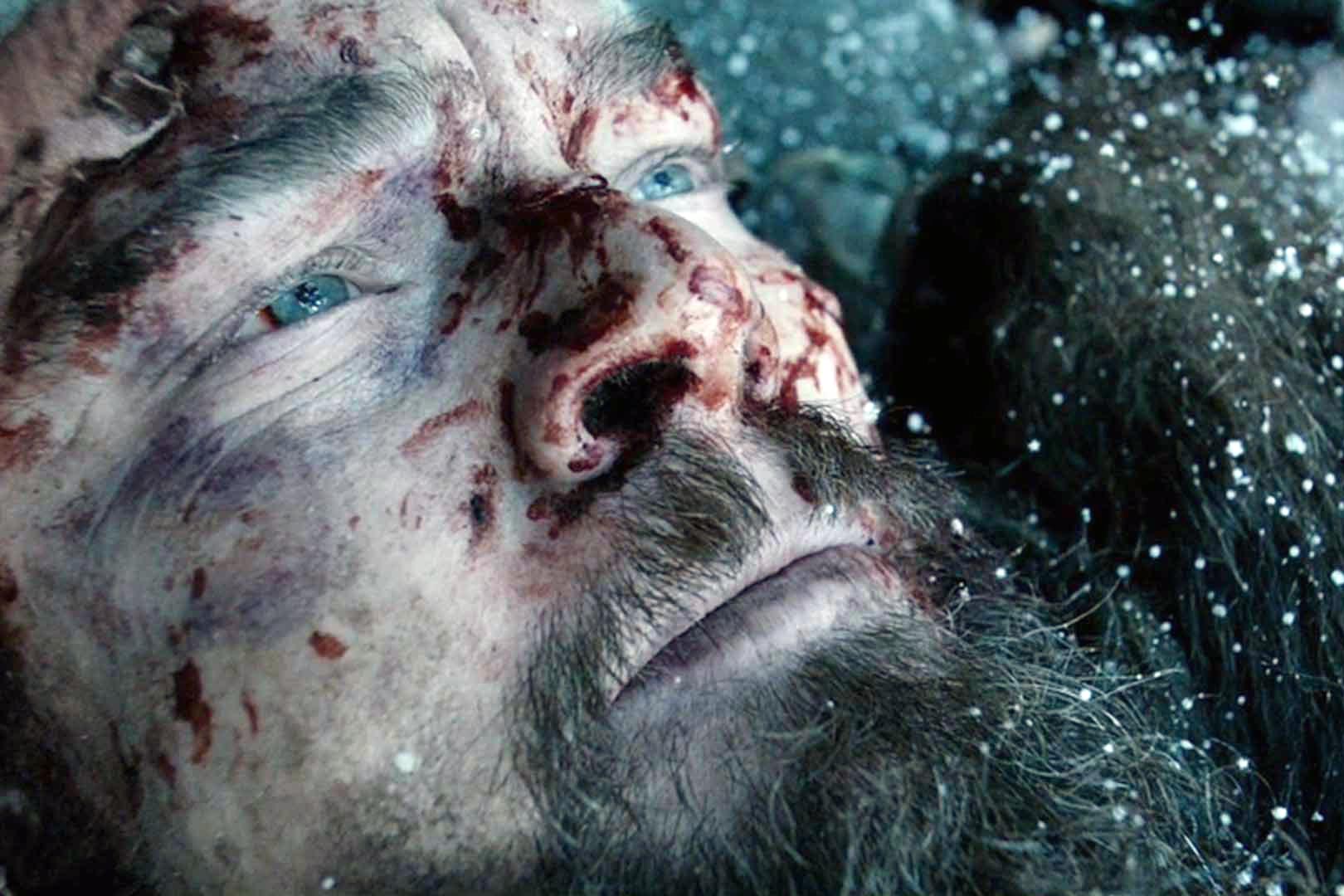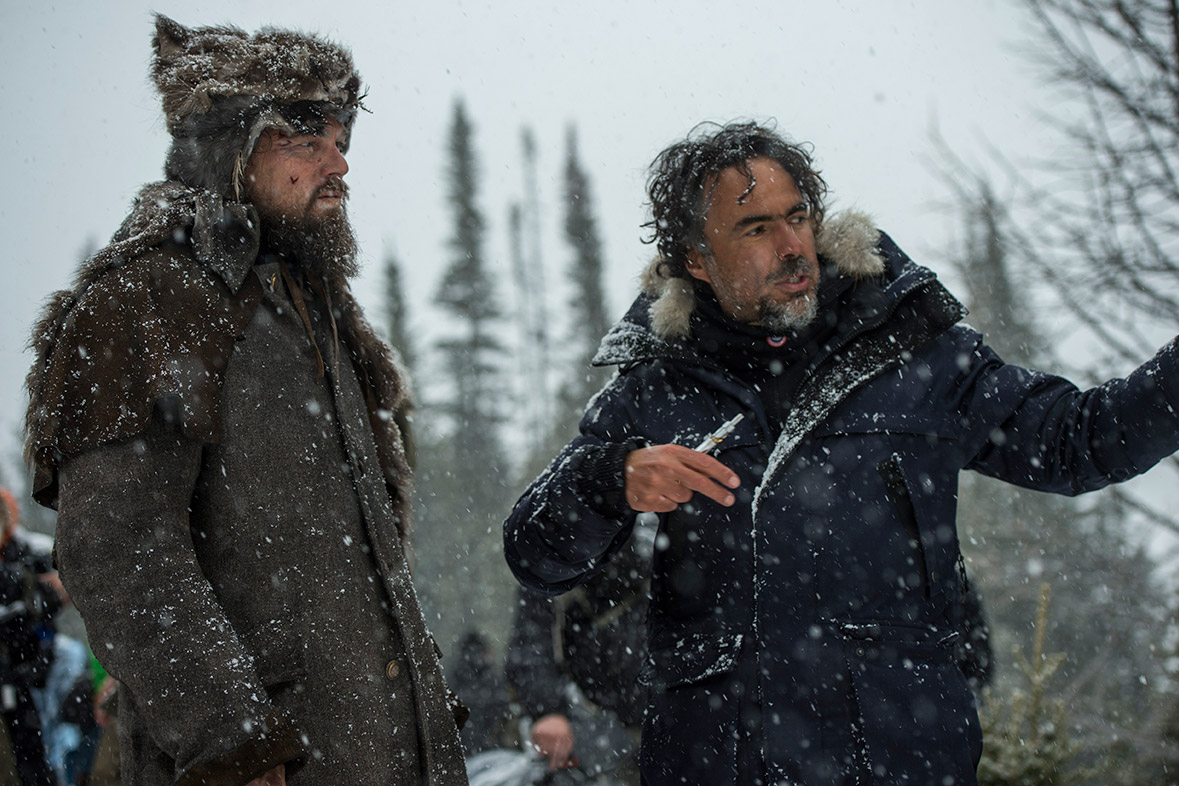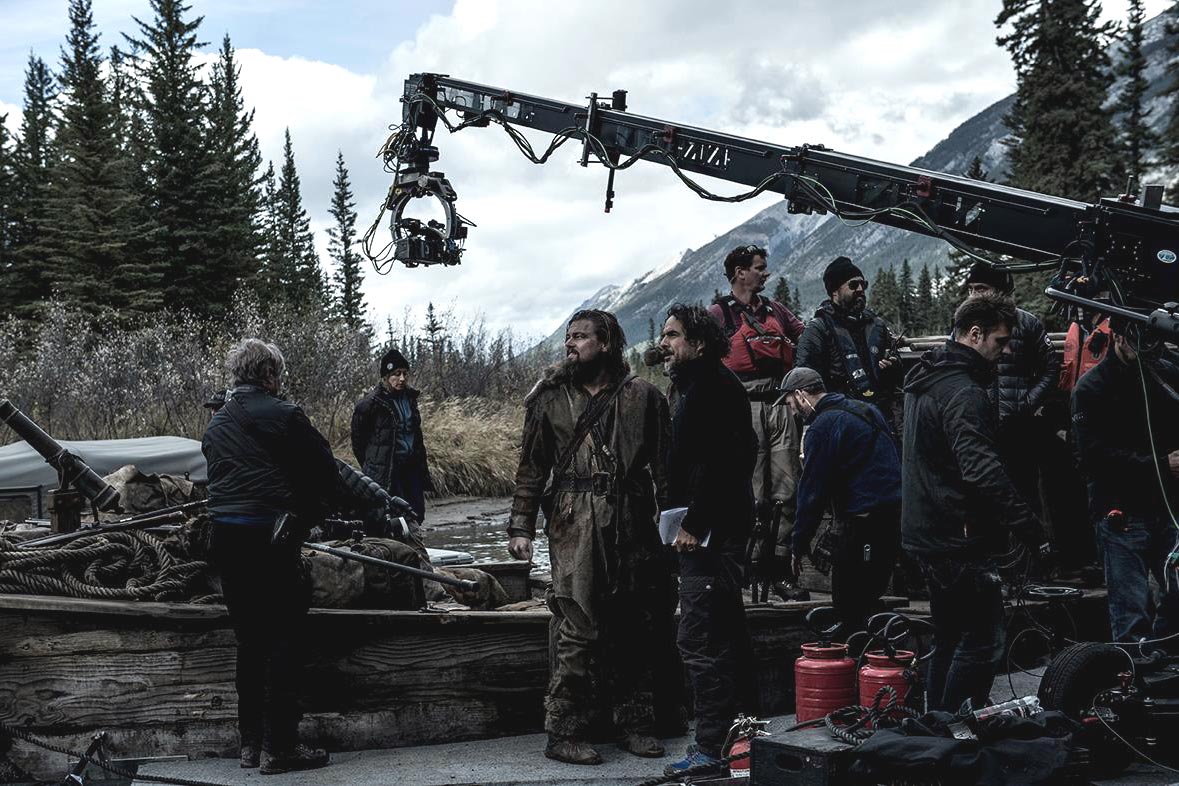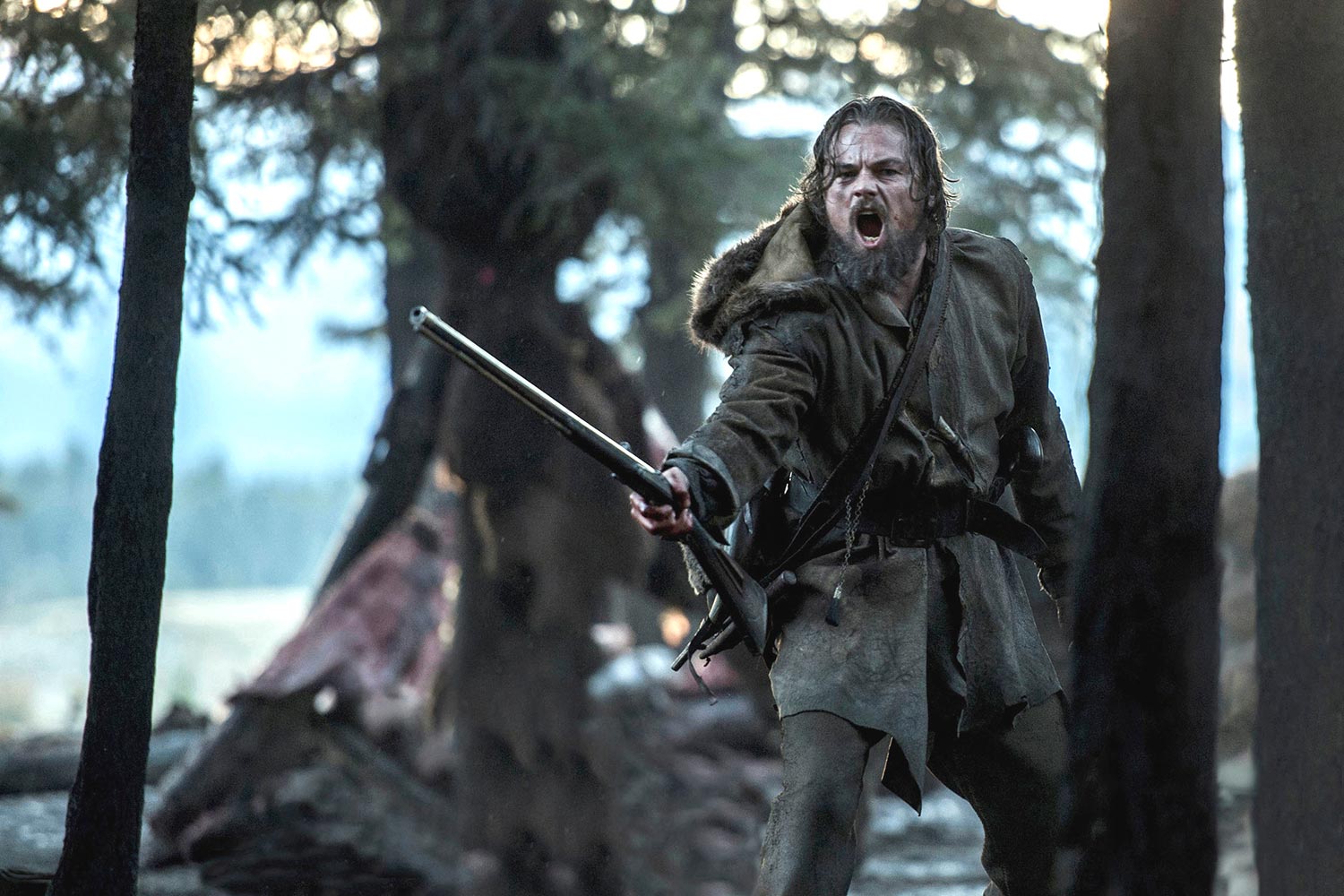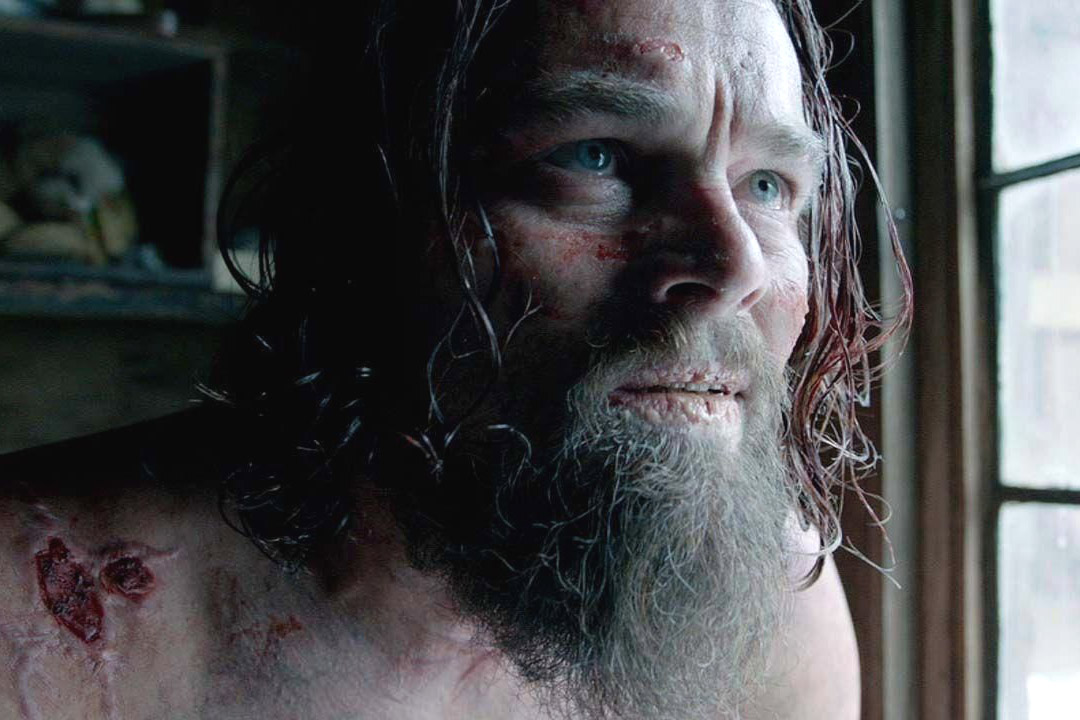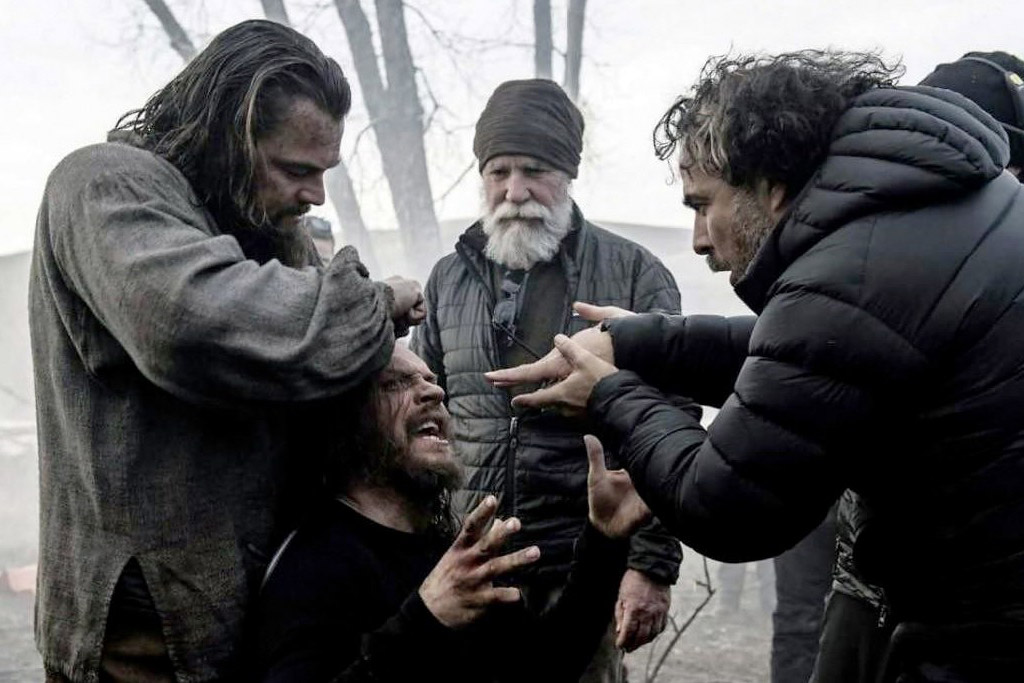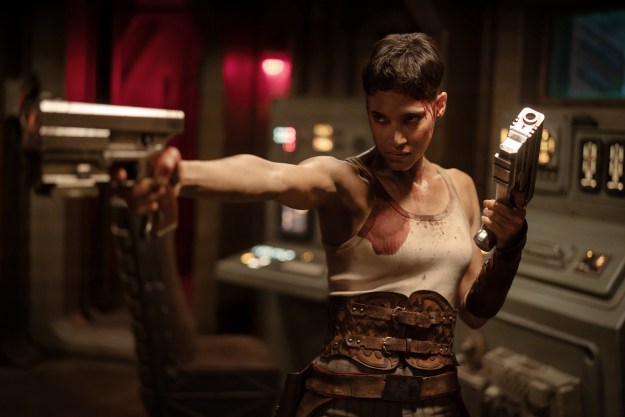Every year, five films are nominated for an Academy Award in the “Visual Effects” category. This year, each and every nominee offers its own unique inside look at the amazing tricks filmmakers and their effects teams must use to pull off the visual spectacles that make for a big-screen blockbuster. In recognition of these five films — and one of our favorite Oscar categories — we’re putting the spotlight on one “Visual Effects” nominee each day leading up to Sunday’s broadcast, and taking a closer look at what made them stand out.
Previously, we looked at the artificially intelligent android of Ex Machina, the post-apocalyptic wasteland of Mad Max: Fury Road, and the alien world of The Martian. Now we look at one of the most spectacular scenes from director Alejandro González Iñárritu’s frontier epic The Revenant.
Most of the Oscar talk surrounding The Revenant right now involves leading man Leonardo DiCaprio, but one of the unsung stars of director Alejandro González Iñárritu’s film isn’t named on any Academy Award nominations — not directly, at least.
In a film filled with dramatic, gut-wrenching sequences depicting the brutality of frontier survival, one of the most memorable is a long, drawn-out attack on DiCaprio’s character by a grizzly bear in the deep forest. The savage scene has proven difficult to watch for some viewers due to its graphic nature, but critics and fans alike have heaped praise on it for being not just a stunning moment in the story, but also a fantastic achievement in filmmaking.
Over the course of the scene, Iñárritu seemingly captures the attack — which unfolds in a series of violent encounters between DiCaprio’s character, Hugh Glass, and the massive bear in the middle of a wooded area — through the use of a single, unflinching shot that drifts between the bear and his victim. It’s the sort of sequence that makes both filmmakers and audiences wonder how it was possible, and much like with this year’s other visual-effects nominees, the answer involves ample parts creativity, ingenuity, and VFX magic.
“What was interesting, thinking back to the early discussions with Alejandro, was how it was all about movement and planning and choreography, but always coming back to how an actual bear attack would unfold,” recalled Industrial Light and Magic’s Richard McBride, who served as the film’s overall visual-effects supervisor, during an interview with IndieWire.
“The other thing was getting into the mindset that this was not a monster: it’s in its natural habitat and just behaving as a normal animal would,” he added. “Alejandro wanted the attack to be sudden and wanted us to feel close to the action and immersed in every detail.”
And detailed it was, with a stunt actor filling in for the bear during a four-day shoot in the forests of British Columbia, Canada, and DiCaprio reportedly performing much of the scene himself. The part of the bear was played by actor Glenn Ennis, who studied video of bear movements — and violent videos of bear attacks — before donning a massive, bright blue suit to film with DiCaprio.
“Obviously that [blue suit] doesn’t make it into the film, and the CGI guys paint the bear in,” Ennis told Global News back in January. “Alejandro was adamant that the blue bear moved just like a real bear would move, and it was essential that it had the same nuances that a bear would have. Even though it was a big Smurf bear, it still had to be as authentic as possible.”
“Fur is always a challenge, especially seeing it that close. So we had a lot of artistic detailing and nuance.”
While the bear attack might appear to unfold in a continuous shot, the scene was actually the result of multiple, extended takes stitched together by the film’s talented VFX team. In an interview with The Hollywood Reporter, McBride described the team’s use of computer-generated moss in order to create a bridge between the digital bear and DiCaprio.
According to McBride, the CG moss served to “connect the bear to the ground by creating the contact point where she’s stepping, brushing up against something. Sometimes you could sell a movement with the smallest bit of foliage interacting with her.”
The proximity of DiCaprio to the bear tested the VFX team, with extensive digital painting required for many of the scenes featuring the bear breathing down DiCaprio’s neck or sinking his teeth into his prey. Iñárritu’s desire to bring the camera as close as possible to the action only made the team’s task that much more difficult — and their achievement that much more impressive.
As McBride and the VFX team soon discovered, the most complicated element of bringing the bear to life ended up being a furry dilemma.
“Fur is always a challenge, especially seeing it that close,” he recently told Studio Daily. “It has some wetness. There’s a lot of debris caught in it. So we had a lot of artistic detailing and nuance. The bear team studied and matched reference and looked at the environment. They had to mix in blood and wetness from the rainfall. It definitely pushed the pipeline at ILM quite a bit.”
“We discovered some new techniques for creating a detailed groom and translating that into the motion and simulation of the fur,” explained McBride. “For the bear, we had multiple levels of simulation — skeleton, muscles, fascia, skin, fur.”
The final product speaks — or rather, roars — for itself, with the bear providing one of the most talked-about scenes in one of the year’s most discussed films. And with The Revenant contending for 12 Academy Awards this year, it won’t be too surprising if that bear earns the film’s visual-effects team yet another well-deserved Oscar.
The 88th Academy Awards ceremony will air Sunday, February 28, at 7pm ET on ABC.

